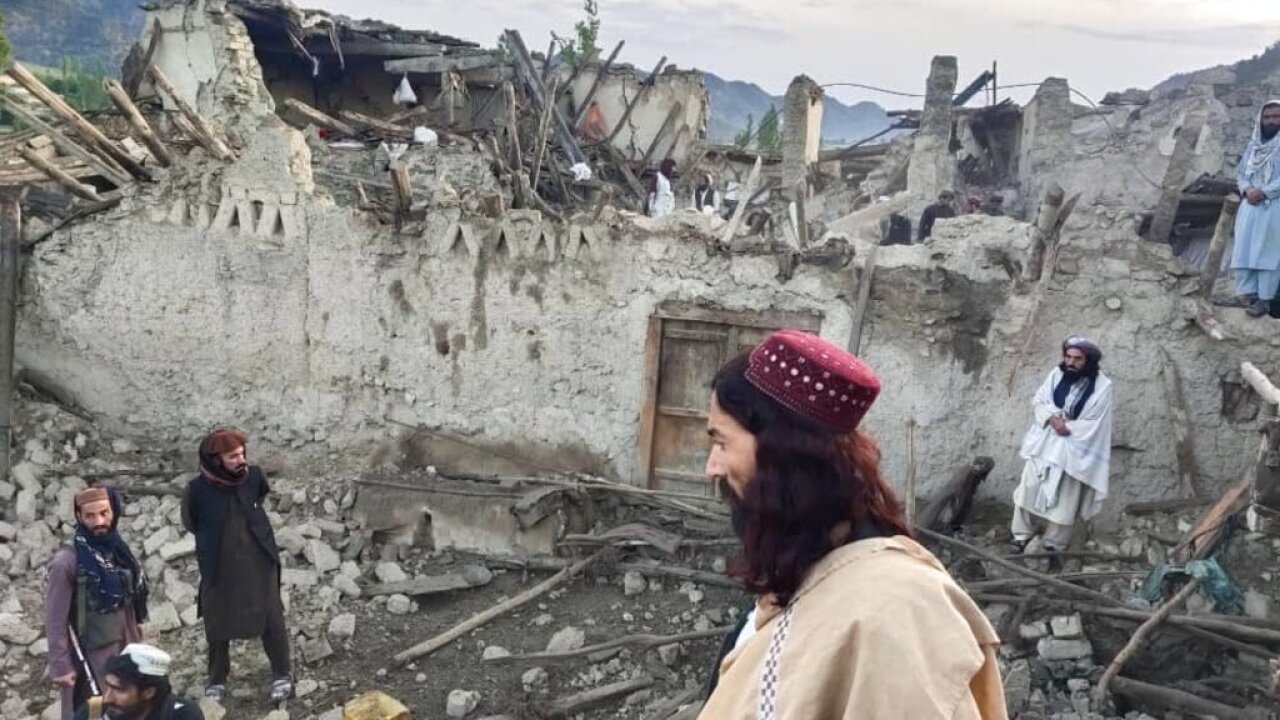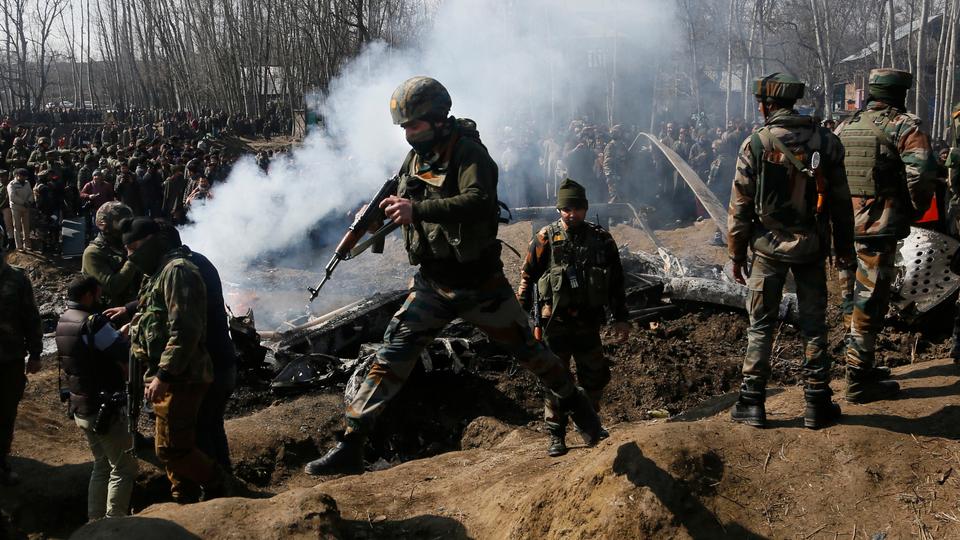The Quake That Shook Afghanistan
By: Javid Amin | 01 Sep 2025
At least 250 people have been killed and over 400 injured after a 6.3 magnitude earthquake struck Afghanistan’s Nangarhar province early Monday.
The earthquake’s epicenter was near Jalalabad, a densely populated region, as confirmed by the United States Geological Survey (USGS). The tremors were followed by a 4.7 magnitude aftershock at a depth of 140 km, compounding the destruction.
Rescue operations are still underway and officials warn the death toll is expected to rise as teams continue digging through rubble in remote and inaccessible areas.
Villages Reduced to Rubble
Initial reports suggested around 30 deaths in a single village, but as assessment teams reached more sites, the numbers climbed sharply.
According to Sharafat Zaman, spokesperson for Afghanistan’s health ministry:
“The number of casualties and injuries is high, but since the area is difficult to access, our teams are still on site.”
Entire villages have been flattened, homes made of mud and clay bricks crumbled instantly, and many families remain trapped under debris.
Tremors Felt Across Borders
The quake was not confined to Afghanistan. Tremors were reported in parts of Pakistan, especially in Khyber Pakhtunkhwa province, causing panic among residents who rushed outdoors.
Seismologists say this earthquake originated in the Hindu Kush region, a known seismic hotspot where the Indian and Eurasian tectonic plates collide.
Deadliest Since 2023
This is the deadliest earthquake to hit Afghanistan since 2023, when another 6.3 magnitude quake struck the western Herat province. That disaster left thousands dead — Taliban authorities put the toll at 4,000, while UN data confirmed at least 1,500 fatalities.
Afghanistan’s mountainous terrain, fragile housing infrastructure, and lack of disaster preparedness make every earthquake catastrophic in scale.
Rescue and Relief Efforts
-
Emergency medical teams have been dispatched, though many hospitals are already overwhelmed.
-
Aid agencies warn of severe shortages of medicines, tents, and food supplies.
-
Accessibility remains a challenge due to damaged roads and communication breakdowns.
-
International humanitarian organizations, including the Red Crescent and UN agencies, are preparing to mobilize support.
Local sources report that survivors are spending the night in the open air, fearing further aftershocks.
Why Afghanistan Is So Vulnerable
Afghanistan lies in one of the world’s most active earthquake zones. The Hindu Kush mountains are a fault-riddled area, and most Afghan homes are built from unreinforced clay and stone — unable to withstand tremors.
This combination of geography + fragile infrastructure + limited response capacity makes even moderate earthquakes devastating.
What Next?
-
The death toll is likely to rise as more villages are reached.
-
Relief efforts will require urgent international support to provide shelter, medical aid, and reconstruction help.
-
Long term, experts call for earthquake-resistant housing projects and better preparedness training in quake-prone Afghan provinces.
Conclusion
The August 2025 earthquake in Nangarhar has once again exposed Afghanistan’s fragile infrastructure and vulnerability to natural disasters. With hundreds already dead and many more feared trapped, the coming days will test the resilience of Afghan authorities and the international aid community.
For the families in Jalalabad and beyond, this disaster is a grim reminder of how nature continues to devastate a nation already struggling with conflict, poverty, and instability.



